Description
The hunting party by Dirk Stoop printed on a T-Shirt
About the T-Shirt
Regular fit
Standard length, the fabric easily gives into movement
Casual wear
A classic, everyday option loved by our customers
Side-seamed
Constructed by sewing two parts together, creating a fitted look
The Unisex Staple T-Shirt feels soft and light with just the right amount of stretch. It’s comfortable and flattering for all. We can’t compliment this shirt enough–it’s one of our crowd favorites, and it’s sure to be your next favorite too!
- Solid colors are 100% Airlume combed and ring-spun cotton
- Ash color is 99% combed and ring-spun cotton, 1% polyester
- Heather colors are 52% combed and ring-spun cotton, 48% polyester
- Athletic and Black Heather are 90% combed and ring-spun cotton, 10% polyester
- Heather Prism colors are 99% combed and ring-spun cotton, 1% polyester
- Fabric weight: 4.2 oz./yd.² (142 g/m²)
- Pre-shrunk fabric
- 30 singles
- Side-seamed construction
- Tear-away label
- Shoulder-to-shoulder taping
- Blank product sourced from Nicaragua, Mexico, Honduras, or the US
Dirk Stoop (ca 1615–1686)
Dirk Stoop was a widely travelled painter and engraver of the Dutch Golden Age. Alternative versions of his name include Dirck Stoff, Theodorus (van der) Stoop, Thierry (the French version) and Rod(e)rigo, by which he was known in Portugal.
Stoop was born in Utrecht. His father was the glass painter Willem Jansz. van Stoop and his brother Maerten was also a painter, especially of war scenes. According to Houbraken, his father had also been the first teacher of Abraham Diepraam. Houbraken considered the elder Stoop to be a good horse painter. The younger Stoop was a pupil in the Utrecht guild and was known for Italianate landscapes with hunting parties, views of ports, cavalry scenes, history paintings, still lifes and altar pieces, which were valued highly in his time.
Some time in 1639 Stoop went to live in Italy and afterwards seems to have led an itinerant existence. While in Lisbon and became Court painter to the Princess Catherine of Braganza, whom he followed to London when she was betrothed to Charles II in 1662. From this time dates the series of eight large plates portraying her progress from Portsmouth to Hampton Court. He is also known to have executed twenty-four engravings for the second, luxury edition of John Ogilby’s Aesop’s Fables in 1665, signing them as R(ordrig)o Stoop.
After a four-year stay in London, Stoop returned to Utrecht, where he died in 1686.

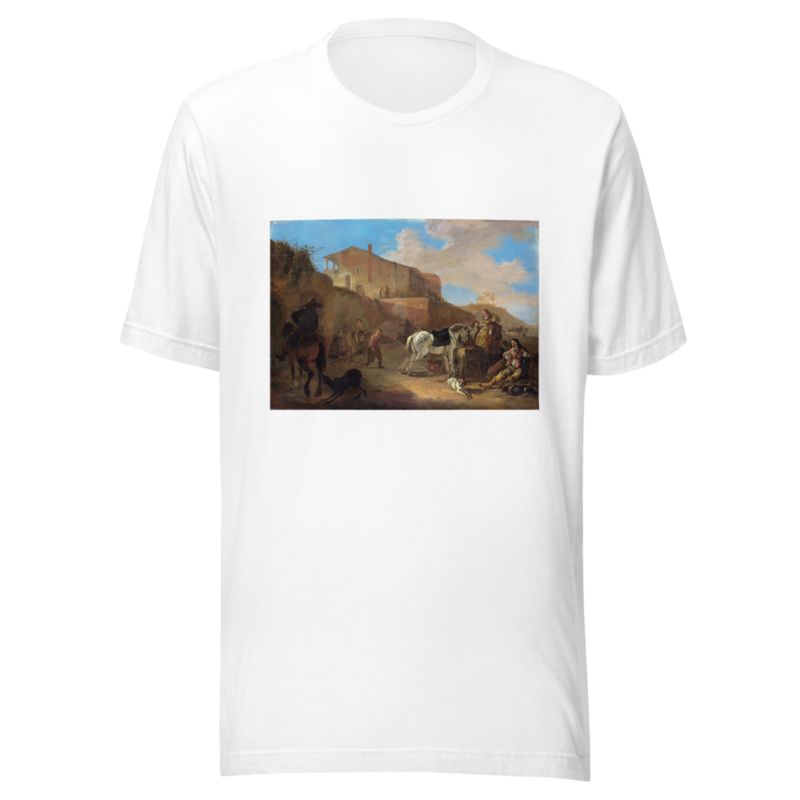
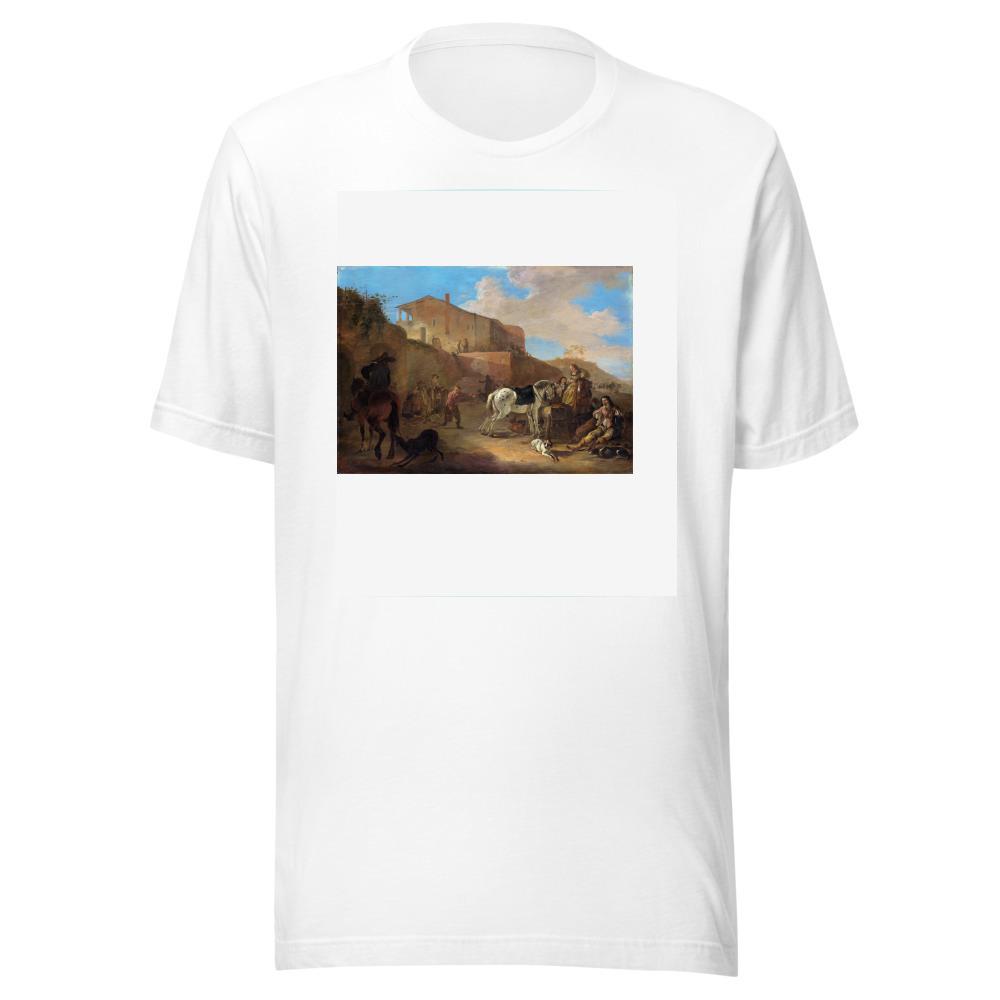
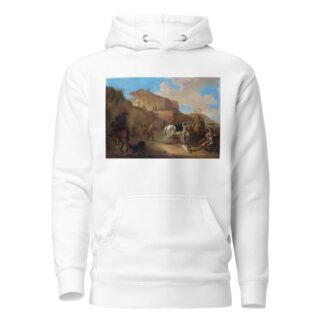
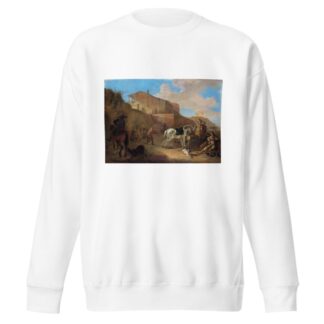
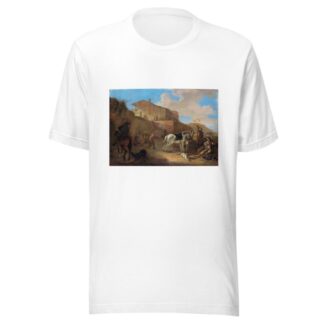
Reviews
There are no reviews yet.